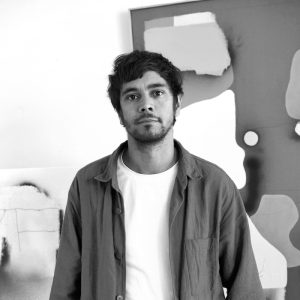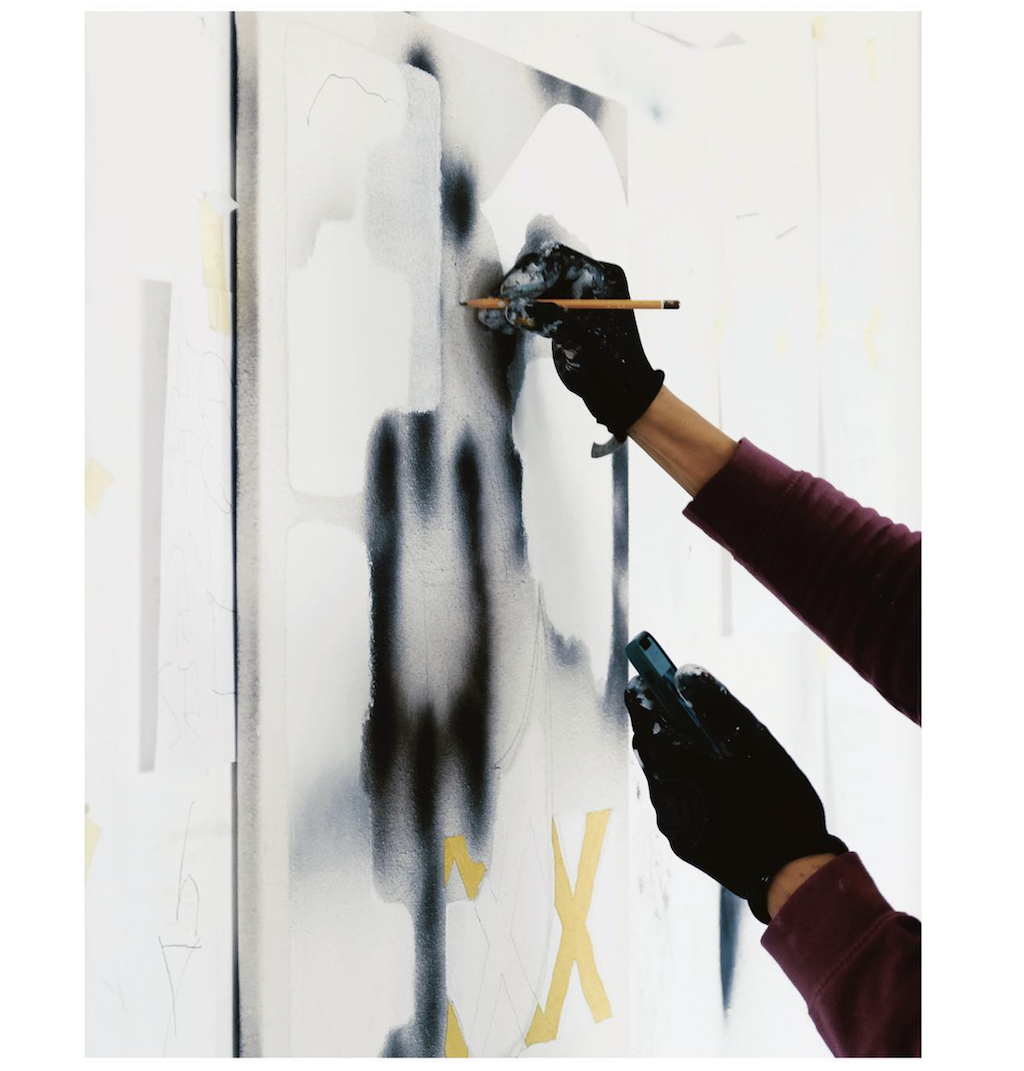
On Artificial Intelligence and Artists with Alsino Skowronnek
In recent months there has been a lot of talk about AI projects such as Dalle, ChatGPT or Midjourney. Any person can now use those systems. Alsino Skowronnek is an emerging artists, with whom we talked about artificial intelligences and their relationship with artists.
In addition to the multitude of existing debates, we believe it is important to understand and analyze how people like Alsino, who has been innovating with all kinds of digital tools for years, live this revolution.
The challenge for creators
AIs generate from text or instructions works of all kinds. From photo-realistic images, to drawings, texts and even videos.
You have been experimenting with generative AI for years, what made you explore this technology?
I started experimenting with integrating AI technologies in my painting process as early as 2019, well before the big hype about generative AI today. I became interested in using machine learning in my work, because it seemed to open up new visual worlds that I had previously not been able to access. Because I had worked in data visualization before, I realized that machine learning could open up a door, that I had been searching for all along: It finally allowed me to paint with data in a way that was not only factually interesting, but also visually fresh. While I am using generative AI today, I sometimes like to limit myself to a few of the older tools of the „early AI years“, because they allow for a more interesting aesthetic.
The conversation
How do you integrate AI into your creative process?
Over the years I have developed different strategies of integrating AI into my work. Based on the required use case this means using different types of machine learning algorithms and models. Especially at the beginning of my journey, I was experimenting a lot with image generation models that could learn from features inherent in a data set and then produce similar, but not identical output. Some of my first steps in generating AI-generated imagery were using graffiti tags as input material for developing new machine-like typography. This was produced using a specific ML model called pix2pix and later styleGAN. Based on these new letter shapes, I was able to develop templates that I later use as sketches and ideas in my paintings. The goal is always to co-create with the machine, from an angle of specific domain knowledge, and expand one’s own cognitive capacities.
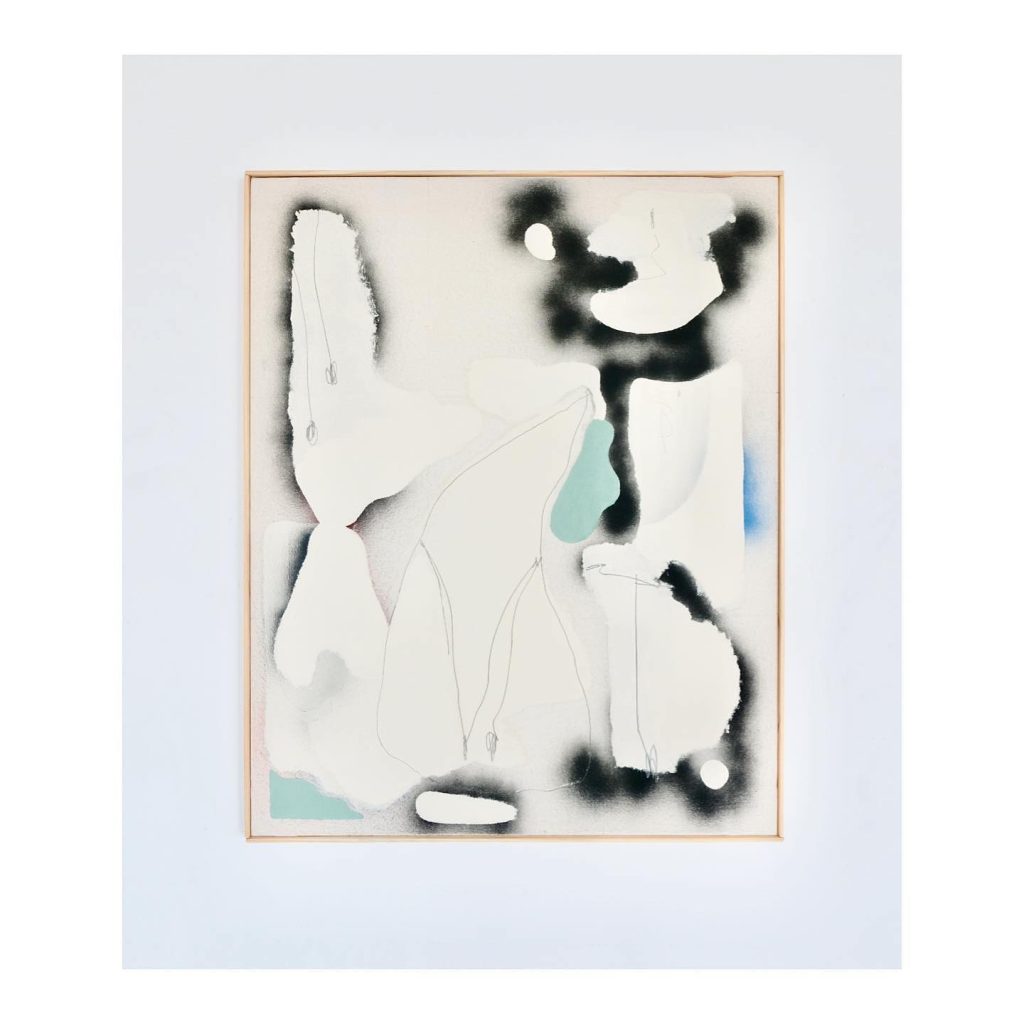
A brave new world of AI for any person
How do you think the massive use of generative AI can impact the creative world?
I think that we are already witnessing an explosion in content produced by generative AI and while I am sure that AI tools will be helpful in many creative professions, I am also very skeptical about the long-term consequences on our creativity: The issue is that, because these tools are so powerful, fast and easy to use, there is a great incentive to use them in our daily work flows. This will likely increase overall productivity, but it will also mean that some creative skills, such as drawing, painting, writing, etc. will be less honored and practiced. I have the fear that, over time, people will become less proficient in creating new original work, born out of their lived experience and will instead use quick tools to sketch up images and artwork. I am not sure that this is the type of creative content that we want and need. It is like comparing the nutrients of a good meal with a fast food menu. Both may satisfy the hunger temporarily, but the long-term effects on your body are very different.
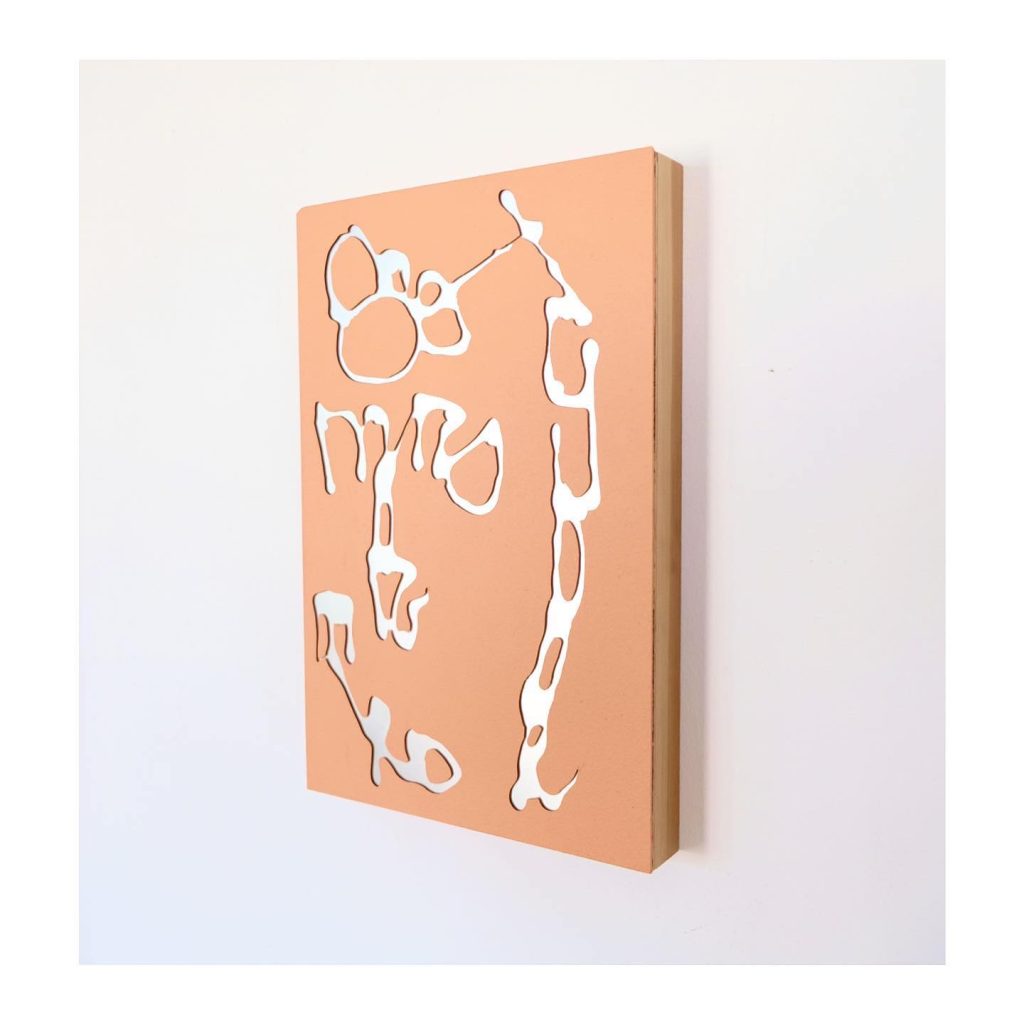
Copyright protection matters
Although you are not a lawyer, you already know that rights are automatically born the moment you create a work. Only humans have copyrights. Do you consider that your rights, even if you use an AI, are guaranteed by copyright law? If so, what would you say to the legislators and organizations that are studying these issues?
I think that a work’s copyright should lie with the author who created it whether it has been created using AI techniques or not. However, I think that there is an interesting question regarding the use of the data used to train these big generative AI models, such as chatGPT, Dalle, etc. Since some of the words and images in the training material are copyrighted, the authors of these works should also be compensated for their work. I am not sure how this is technically feasible, but it does make sense if you consider for example that someone could easily pass off someone else’s work as their own, even though it is clearly visible that the output is based on a latent representation of the training data. I think there will be interesting discussions around this topic in the coming months and years.
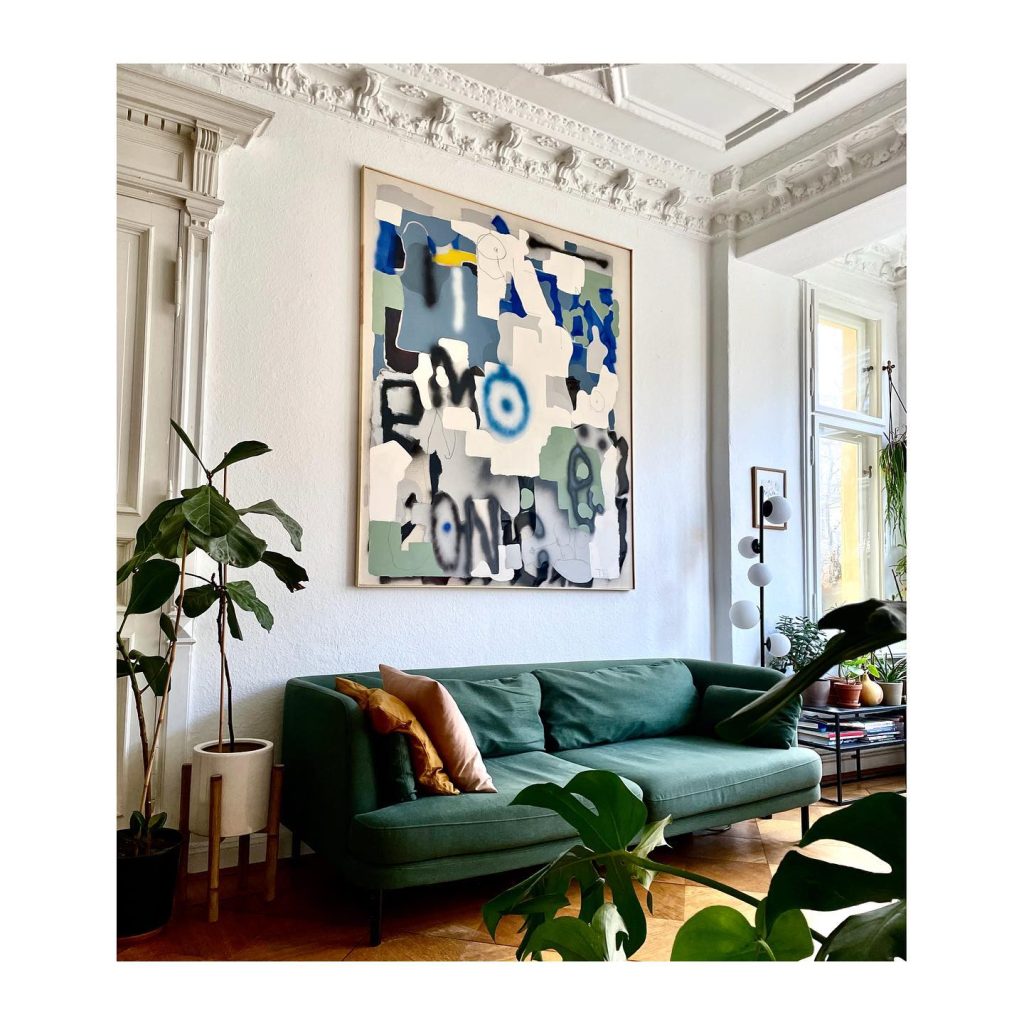
About Alsino Skowronnek
See his recently open profile at Creators.
Instagram: Alsino Skowronnek

